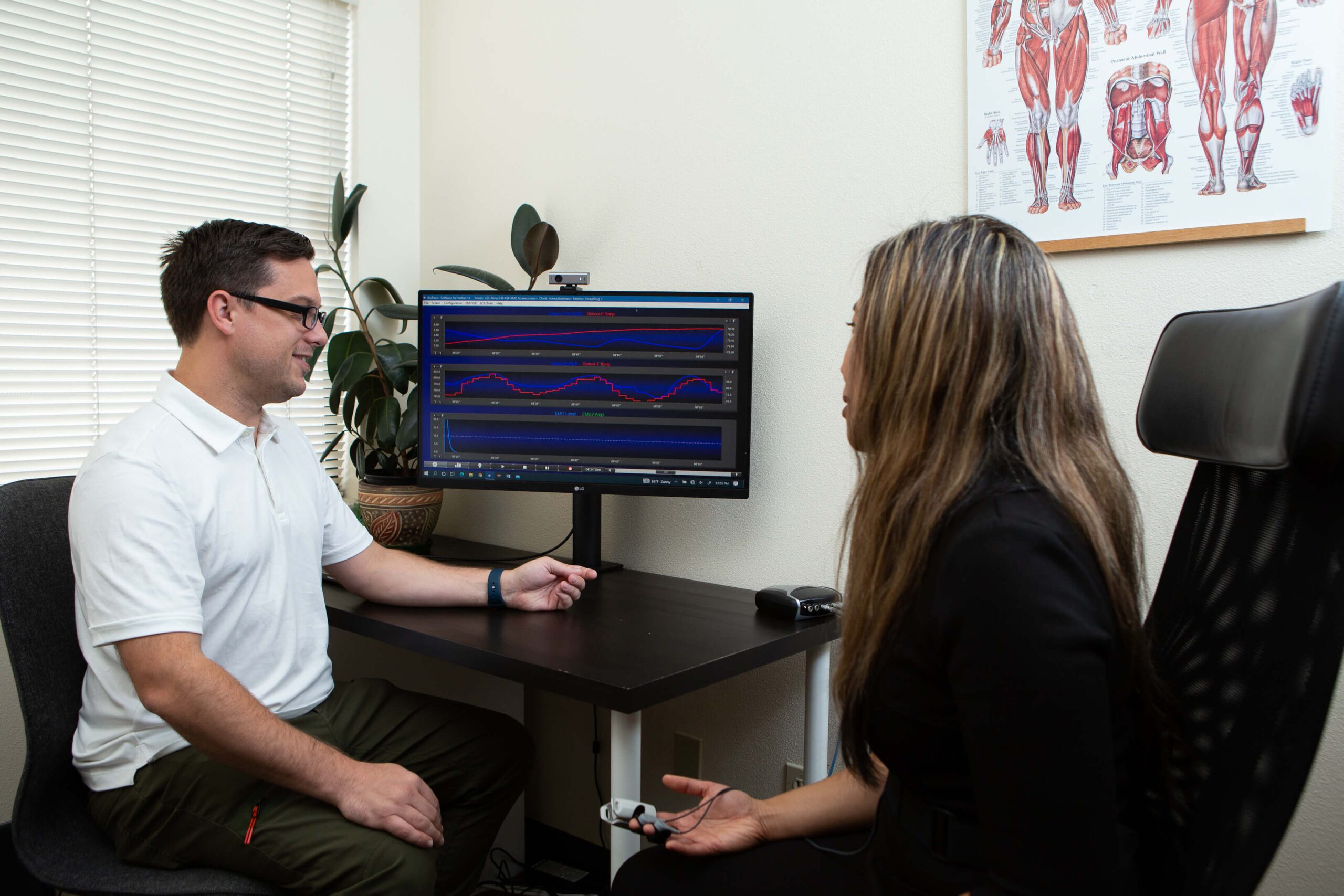Unveiling the Connection Between qEEG and Slumber Apnea Trends for Enhanced Diagnosis and Therapy
Slumber apnea is a prevalent sleep disorder that impacts many people around the world. It happens when a individual's breathing is interrupted during slumber, leading to poor sleep quality and multiple medical issues. One of the ways scientists and doctors are working to improve comprehend and diagnose sleep apnea is through a method called quantitative electroencephalography, or qEEG. This method assesses the electrical activity of the cerebrum and can offer important insights into how sleep apnea impacts cerebral function and general health.
qEEG entails placing small electrodes on the head to capture cerebral waves. These brain waves are then analyzed to detect trends that may suggest sleep conditions, including sleep apnea. By examining these patterns, healthcare providers can obtain a more precise understanding of how sleep apnea disrupts normal brain function during sleep. This information can be essential for formulating efficient treatment plans tailored to individual patients. Comprehending the relationship between qEEG and sleep apnea can lead to enhanced identification techniques and better outcomes for those affected by this condition.
Research has shown that people with sleep apnea often display specific alterations in their brain wave patterns. For instance, during instances of apnea, the cerebrum may exhibit heightened function in visit specific regions while additional regions become more active. These changes can affect how well a individual slumbers and how refreshed they perceive upon awakening. By employing qEEG to track these cerebral oscillation trends, physicians can identify specific characteristics of sleep apnea in patients, which can help in making a more accurate diagnosis. This is especially important because sleep apnea can sometimes be mistaken for other sleep disorders, leading to inappropriate treatments.
In addition to improving diagnosis, qEEG can also play a role in evaluating the effectiveness of treatments for sleep apnea. For instance, after a patient begins using a continuous positive airway pressure (CPAP) device, which assists maintain the passage clear during slumber, qEEG can be used to assess changes in brain activity. If the brain shows improved patterns of slumber after initiating treatment, it may indicate that the treatment is functioning well. This response can assist physicians make necessary adjustments to treatment plans, guaranteeing that patients receive the best care possible.
Overall, the relationship between qEEG and sleep apnea trends is an promising area of study that offers potential for enhancing diagnosis and treatment. By understanding how sleep apnea affects brain function, healthcare professionals can formulate more efficient approaches to assist patients achieve better slumber and enhance their general well-being. As research continues to advance, it is probable that qEEG will become an essential tool in the battle against sleep apnea, leading to better results for those who experience from this challenging condition.